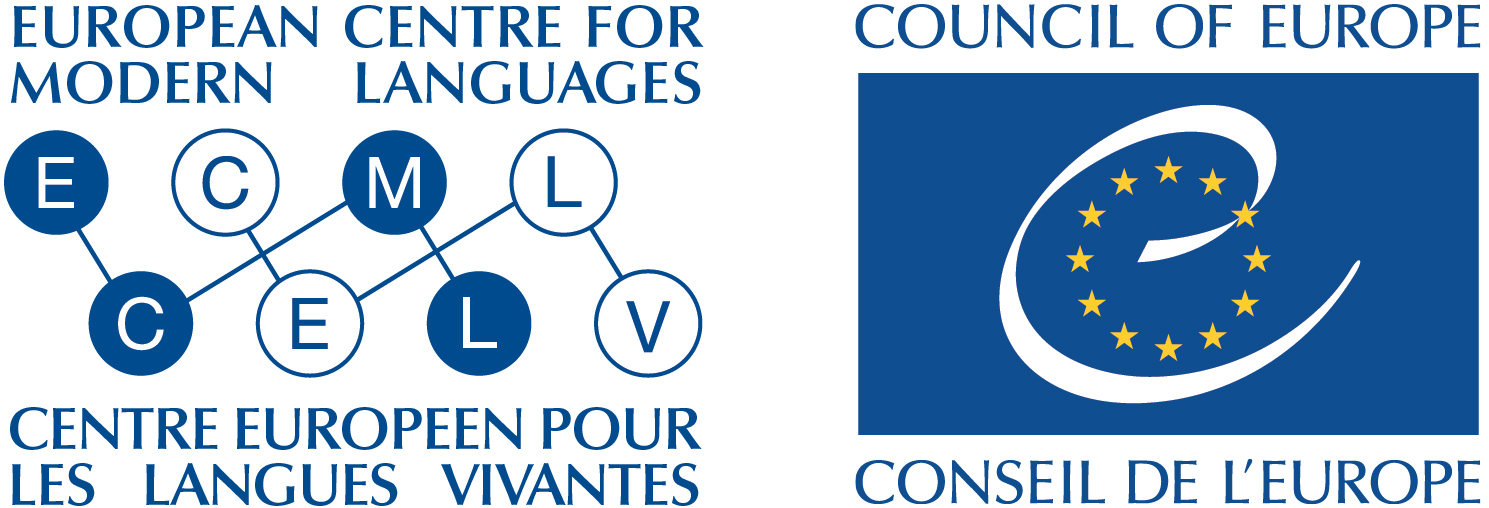Virtual Open Course (VOC): Collaborative Community Approach to Migrant Education
Topic outline
-


Virtual Open Course
Collaborative Community Approach
to Migrant Education


-
Creating an inclusive learning environment As our classrooms are becoming increasingly more diverse. Teachers and teacher educators find themselves challenged with creating inclusive learning environments. In this section we will explore how to make learners feel safe, accepted and empowered in the classroom, school and community.


-
Identifying issues and ways forward Living in rapidly changing societies requires us to develop new ways of responding to the issues at hand. Now, more than ever before, we need to work collaboratively to discover new ways of supporting learners and families. How can we do this in a systematic structured manner ? This section presents a useful tool to identify challenging issues, move forward and take action.

-
Challenging our own attitudes It is easier to connect with people who share the same values, a similar vision of the world, familiar experiences. In a school context this may lead to parents who share similar outlooks with education professionals feeling more comfortable and those from different social, cultural or linguistic backgrounds feeling ill at ease or even unwelcomed. As members of the education community, in the interests of reducing the gap between advantaged and disadvantaged students and of offering a fairer school experience to all pupils whatever their backgrounds, we have a duty to ensure that we are not ignoring, albeit unintentionally, the needs of those who are different from ourselves. In order to do this, we need to regularly question our practices and to make explicit the implicit so that we facilitate mutual understanding between all those who contribute to a child’s education..

-
Opening the classroom to the community Interactive Groups, among other objectives, aim at reducing competitiveness and foster solidarity. Interactive groups (IG) increase academic learning and students participation, simultaneously. They are conceived to offer all the students an education of the highest quality. To get this, low achievers are not segregated from their regular classroom. All the needed resources are introduced in the classroom to guarantee that these students can continue their education with the highest possible expectations” (Gràcia y Elboj 2005:105).
Translated from the Spanish original version.

-
Working together towards literacy Dialogical Literary Gatherings involve a process of collective and dialogic reading and interpretation of texts in a context where all participants are invited to provide arguments based on validity criteria and not on power claims.
Dialogical Literary Gatherings are based on the dialogic learning approach that comprises the principles of: egalitarian dialogue, cultural intelligence, transformation, instrumental dimension, creating meaning, solidarity and equality of differences.
Children, families, youth, adults, teachers and any other member of the educational community are welcomed to these gatherings.


-
Making space for learners´ languages This section demonstrates how educators can create collaborative spaces for learner’s languages and build bridges across students’ worlds. Pedagogical practices that have been trialled and implemented are shared and access provided to online resources. A particular focus is on ways students can develop multilingual digital literacy.

-
Creating multilingual resources The role of multilingual resources in education is central for a variety of reasons. One of the main reasons is that multilingual resources make all languages visible in class and give the opportunity to the students to identify with their own home language. At the same time, through multilingual material the process of language learning is encouraged and the link between the school, the home and the community is strengthened.



